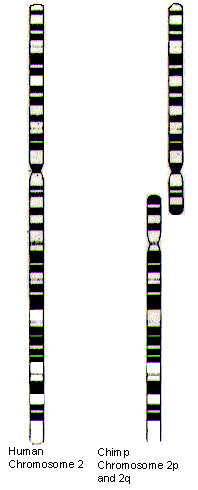The most extreme incursion of ideology into ecology and evolution I've ever seen
https://whyevolutionistrue.com/2023...ogy-into-ecology-and-evolution-ive-ever-seen/
INTRO (Jerry Coyne): The paper below, which is likely paywalled if you click on the screenshot (but a pdf is still accessible here) shows how deeply my own field, organismal biology, has been infected by ideologues—deeply authoritarian ones. It’s from a once-respectable journal (Trends in Ecology & Evolution), which apparently has now drunk the Kool-Aid of “political correctness” (“wokeness,” if you will), producing an article that is so bizarre and so off-putting, that none of the several colleagues I sent it to could finish it.
But I did, saving you the trouble. (It’s short, though, so you should read it from the pdf link if you’re an ecologist or evolutionist.) If Ibram Kendi were a biologist of this type, this is the paper he would have written, for, as you’ll see, it’s right out of the CRT playbook. It is full of distorted, overblown, or purely speculative assertions, and here are its major points:
a.) Ecology and evolution are thoroughly permeated by racism—structural racism that is deeply embedded in the way we still do science.
b.) We (here I mean “people not of color”) are all complicit in this racism, and we must constantly ponder our bigotry and persistently try to rid ourselves of it.
c.) Our curriculum is thoroughly “Eurocentric” and has to be “decolonized” for the good of all.
d.) Ecology and evolution cannot be taught properly without continually emphasizing the racism of the fields, racism said to be a big source of inequity in STEM. We must infuse all of our courses with a strong emphasis on the history and reality of racism, showing our students how the field was and is complicit in the creation of present inequities.
I don’t know whether to critique the whole thing point by point, or let you see the problems yourself. I think I’ll try a hybrid approach...
The abstract:
The short answer to the first sentence is, “No it doesn’t.” Yes, you can find instances of bigotry in the field, as you can everywhere, but no rational biologist I know would make such an extreme and unsupported statement unless they have an ideological agenda that requires this claim.
The article starts, as do all of its ilk in science journals, by invoking George Floyd and Black Lives Matter. It then proceeds onto boilerplate Critical Race Theory... (MORE - details)
_
https://whyevolutionistrue.com/2023...ogy-into-ecology-and-evolution-ive-ever-seen/
INTRO (Jerry Coyne): The paper below, which is likely paywalled if you click on the screenshot (but a pdf is still accessible here) shows how deeply my own field, organismal biology, has been infected by ideologues—deeply authoritarian ones. It’s from a once-respectable journal (Trends in Ecology & Evolution), which apparently has now drunk the Kool-Aid of “political correctness” (“wokeness,” if you will), producing an article that is so bizarre and so off-putting, that none of the several colleagues I sent it to could finish it.
But I did, saving you the trouble. (It’s short, though, so you should read it from the pdf link if you’re an ecologist or evolutionist.) If Ibram Kendi were a biologist of this type, this is the paper he would have written, for, as you’ll see, it’s right out of the CRT playbook. It is full of distorted, overblown, or purely speculative assertions, and here are its major points:
a.) Ecology and evolution are thoroughly permeated by racism—structural racism that is deeply embedded in the way we still do science.
b.) We (here I mean “people not of color”) are all complicit in this racism, and we must constantly ponder our bigotry and persistently try to rid ourselves of it.
c.) Our curriculum is thoroughly “Eurocentric” and has to be “decolonized” for the good of all.
d.) Ecology and evolution cannot be taught properly without continually emphasizing the racism of the fields, racism said to be a big source of inequity in STEM. We must infuse all of our courses with a strong emphasis on the history and reality of racism, showing our students how the field was and is complicit in the creation of present inequities.
I don’t know whether to critique the whole thing point by point, or let you see the problems yourself. I think I’ll try a hybrid approach...
The abstract:
Racism permeates ecology, evolution, and conservation biology (EECB). Meaningfully advancing equity, inclusion, and belonging requires an interdisciplinary antiracist pedagogical approach to educate our community in how racism shaped our field. Here, we apply this framework, highlight disparities and interdisciplinary practices across institutions globally, and emphasize that self-reflection is paramount before implementing anti-racist interventions.
The short answer to the first sentence is, “No it doesn’t.” Yes, you can find instances of bigotry in the field, as you can everywhere, but no rational biologist I know would make such an extreme and unsupported statement unless they have an ideological agenda that requires this claim.
The article starts, as do all of its ilk in science journals, by invoking George Floyd and Black Lives Matter. It then proceeds onto boilerplate Critical Race Theory... (MORE - details)
_

